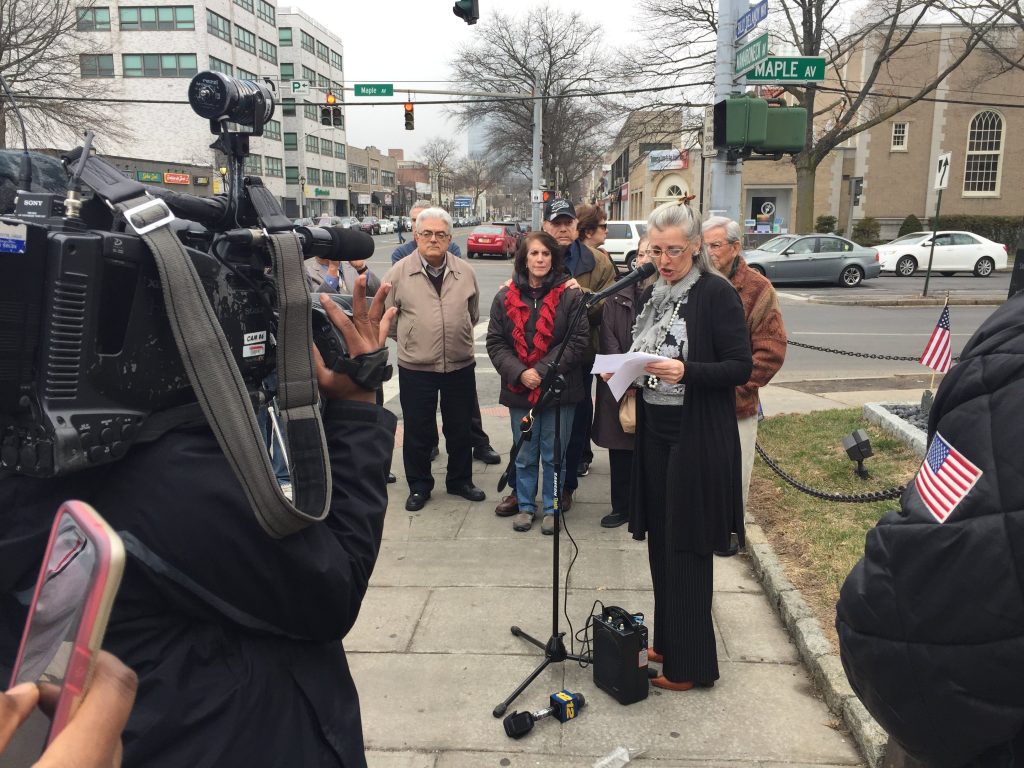A Focus on the Rising Popularity of the Red Blend Category

The latest trend in wine sales is the increasing predilection of American wine consumers for red blends. American winemakers have been vigorously attempting to satisfy this new preference for several years.
Typically, these American wines take the form of a blend of traditional grapes – Merlot, Syrah, Zinfandel and Cabernet Sauvignon, often with a smidgeon of a lesser-known grape.
This trend is not unique to American consumers or winemakers.
In the Bordeaux region of France, blended wines are very much the norm. Ever since the Romans planted the first grapevines in the area more than 2,000 years ago, a succession of wine estate owners have sought the perfect blend suited to each vintage’s variability. Great pride is taken in producing a wine each year that expresses the philosophy of an estate’s winemaker and the characteristics that will foster the reputation of an estate for a certain style of wine, one that exemplifies the characteristics of its forbearers.
In the Tuscan region of Italy, the history of blended wines is similar – until recently. For centuries, strict governmental regulations dictated the composition of wines, from the types of grapes permitted, to the volume of those grapes in a bottle.
However, in the mid-1970s a splinter group decided to defy such norms. They began planting new-to-the-region grape varietals in an outpost of the designated Tuscan subregions (Chianti, Montalcino, et al). They believed that the southwestern areas of Tuscany could produce world-class wines from the grape varietals grown in Bordeaux – Cabernet Sauvignon, Merlot, Cabernet Franc, Petit Verdot and Malbec.
These mavericks began producing wines in earnest in the Maremma subregion from the early 1980s; their wines are colloquially referred to as Super Tuscans. A number of the producers owned vineyards in other Tuscan regions and began their regulation-defiant ventures slowly, with wines dominated by the ubiquitous grape of Tuscany – Sangiovese – and supplemented them with newly planted vineyards bearing the signature grapes of the Bordeaux.
Others were more defiant, producing wines bereft of Sangiovese. This latter group’s ambition was to produce a Bordeaux-style wine, but with a Tuscan sensibility that was reflective of the unique soils, weather and elevations of the Maremma. Today, a number of those wines have succeeded in capturing worldwide acclaim and popularity – and lofty prices. The most noteworthy wines include Tignanello, Ornellaia, Solaia, Masseto and Sassicaia, all fetching retail prices of $100 and higher.
I am focusing on these Super Tuscans with a fresh memory of an exclusive tasting I was fortunate to attend last week.
The proprietors of Tenuta dell’Ornellaia presented the latest vintage of their signature wine at a New York City tasting and luncheon. The event was unique in that the winemaker, Axel Heinz, “Oenologist and Director of Estate,” was the presenter and led the attendees in a tasting of the individual wines that comprise the Ornellaia blend. The estate is planted as a living laboratory, each of the 50 plots planted to one of four grape varietals that best suit the growing conditions across its 240 acres.
I sampled nine of the individual wines considered for the signature 2014 vintage, each wine a unique expression of its terroir. It was a virtual tour of these vineyards, as Axel described his experience in directing the amazing journey of each Cabernet Sauvignon, Merlot, Cabernet Franc and Petit Verdot plot, from hybridizing the plants, to harvesting, to vinifying, to blending, to aging and finally to palate pleasure.
Each wine possessed its own fingerprint, presented its own signature and imparted its own aroma and flavor profile. Each was a living, breathing organism, on a journey to pleasing the palate of consumers.
Next week, I’ll more fully describe the attributes of each wine sampled. And I’ll present recommendations of local wineshops for sourcing economically priced American blends. All in all, red blends to satisfy discerning palates – and wallets.
Nick Antonaccio is a 40-year Pleasantville resident. For over 20 years he has conducted wine tastings and lectures. Nick is a member of the Wine Media Guild of wine writers. He also offers personalized wine tastings and wine travel services. Nick’s credo: continuous experimenting results in instinctive behavior. You can reach him at nantonaccio@theexaminernews.com or on Twitter @sharingwine.

